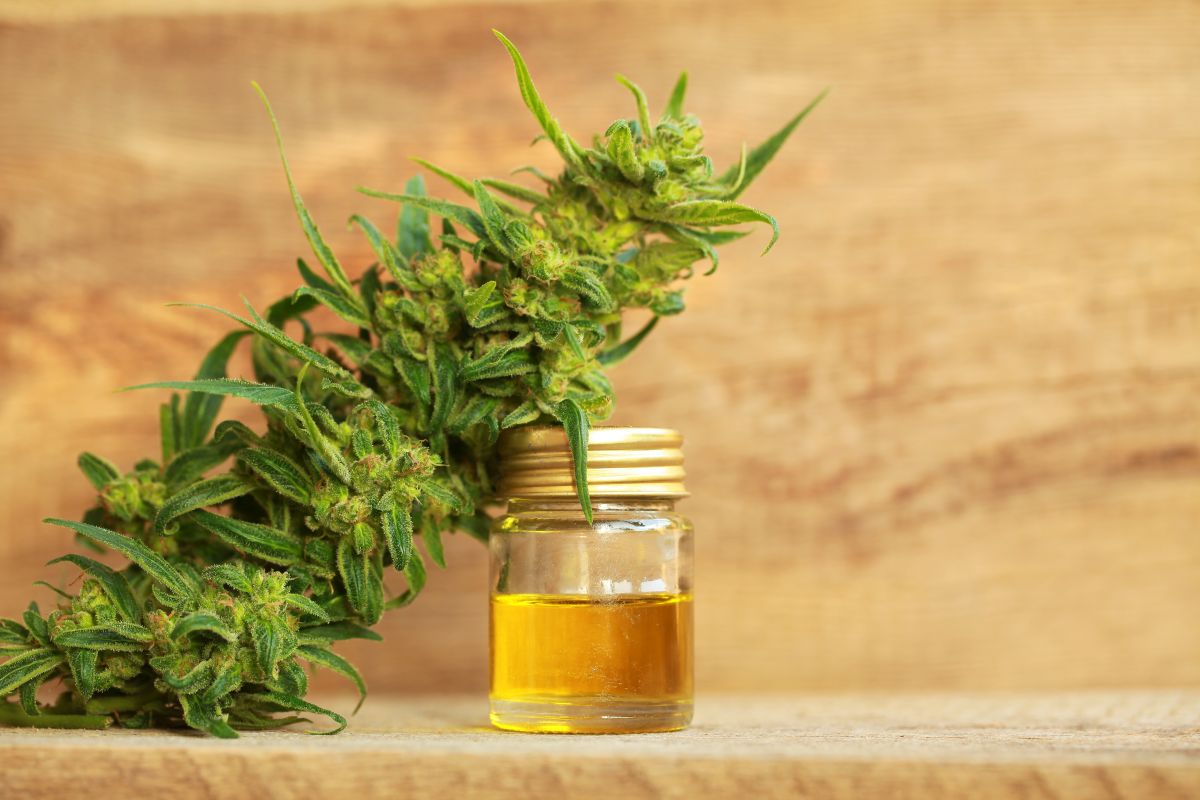BSF on alert after Indian farmers attacked by Bangladeshis in border areas
Violence erupted along the Indo-Bangladesh border after a group of Bangladeshi miscreants allegedly attacked Indian farmers on their own land.
Activities around the world are propelling other nations to take steps for hemp cultivation, and India is evolving as the leader among the developing nations eagerly working to revitalise the centuries old industrial crop
Rohitt Sharrma | New Delhi | March 26, 2019 12:33 pm

Source of strong fiber, industrial hemp can also become a reliable and profitable source of income for farmers in India. (Photo: Getty Images)
The revival of the centuries-old cultural crop, hemp, can change the lives of millions of farmers of India. The sustainable hemp crop can be utilised in making more than 25,000 products. In fact, the implications of industrial hemp in medicine, oil and gas, food, and textile sectors alone can change the economic model of the country.
China being the largest producer of industrial hemp with a share of over 20% of world production has devised a successfully growing agro-economy model. In fact, 32 states of America have also legalized the growth of ‘cannabis sativa’ and Canada has positioned itself as the leading producer of hemp seeds for its various uses. The activities around the world are propelling other nations to take steps for hemp cultivation, and India is evolving as the leader among the developing nations eagerly working to revitalize the 12,000 years old crop.
Advertisement
Industrial hemp is coming to the forefront after long controversies because of being wrongly linked with marijuana. The THC (tetrahydrocannabinol) level in industrial hemp flowers is typically between 0.2% and 0.3%, as compared to a high THC level of 4% to 5% in marijuana. In fact, the NDPS (Narcotic Drugs and Psychotropic Substances) Act, 1985 states that cannabis with THC lower than 0.3% can get legal approval for commercial cultivation as a right under the state list.
Advertisement
Cannabis sativa aka industrial hemp is a hardy and climate adaptive crop which can grow from 90 cm to even 4 m in height depending upon the seed variants, climatic conditions, rainfall, and water availability. Loamy soils that are rich in nitrogen are preferred as ideal for hemp cultivation and the temperature variation of 15 to 25 degree Celsius help in the speedy growth of the plants.
While the central plains of India near the Ganges river basin can be perfect for hemp cultivation, the barren hilly regions and water scarce areas can also result positively in hemp cultivation. The miracle crop needs consistent moisture only during the germination and seedling establishment and once grown the taproots of hemp can reach to spout underground reserves. The average annual rainfall in India ranges between 300-650 mm, which are apt to cultivate industrial hemp successfully. All these facts make industrial hemp a multimillion dollar crop for India.
Being a tropical nation, India has a greater photoperiod which is beneficial in hemp growth and flowering as well. Based on the planting density fibre and seed yield can be varied and desired production can be enhanced with minimal efforts.
One of the most interesting aspects of hemp crop is its organic growth, as the industrial hemp can be grown without use of pesticides or herbicides. Not just this, the multipurpose hemp can also be used in crop rotation to eliminate pesticides effects, soil remediation, weeding fields, and bio-absorption of heavy metals and contaminants.
The agriculture revolution introduced hybrid crops in India and today the prevailing GMO cotton though succeeded in increasing productivity has increased crop failing probability in the monsoon based Indian agriculture system. Talking along about the interconnection of the textile industry and agriculture, hemp has 2 or 3 times more productivity than cotton, and the fiber is longer, stronger, more insulating and absorbent than cotton fiber.
India is one of the largest producers and exporters of cotton in the world and the current global paradigm shift for hemp can soon result in higher demand for industrial hemp fiber. The growth of Industrial hemp cultivation in India owing to its favorable condition can not only result in making the country one of the largest producers, but a world leader in the evolving trillion dollar hemp industry.
The direct benefits of hemp cultivation will uplift the socio-economic level of Indian farmers and increase the GDP per capita to a great extent. From the farmer fields of India to manufacturing units of world’s leading brands, the journey of Industrial hemp can revolutionize almost all industries across the world and rise as a major productive crop for farmers.
At a time when India is trying to find alternates to the conventional farming that involved chemical fertilisers and pesticides, industrial hemp can lead the way with better sustainable agriculture and organic farming practices. India can also write the success story of phenomenal development on the hemp paper which was once used to draft the Declaration of Independence of the US. The source of strong fiber, industrial hemp can also become a reliable and profitable source of income for Indian farmers. This is yet to experience, what steps the Indian government takes to extract maximum benefits out of this exceptionally miraculous crop.
(Rohitt Sharrma, Founder & President Indian Industrial Hemp Association)
Advertisement
Violence erupted along the Indo-Bangladesh border after a group of Bangladeshi miscreants allegedly attacked Indian farmers on their own land.
Prime Minister Narendra Modi on Thursday said that India's achievements and successes sparked a new wave of hope across the globe, adding that once perceived as a nation that would sink itself and others, the country is now driving global growth.
India’s economic ambitions rest on its ability to foster a generation of entrepreneurs willing to take risks, build industries, and create jobs.
Advertisement
